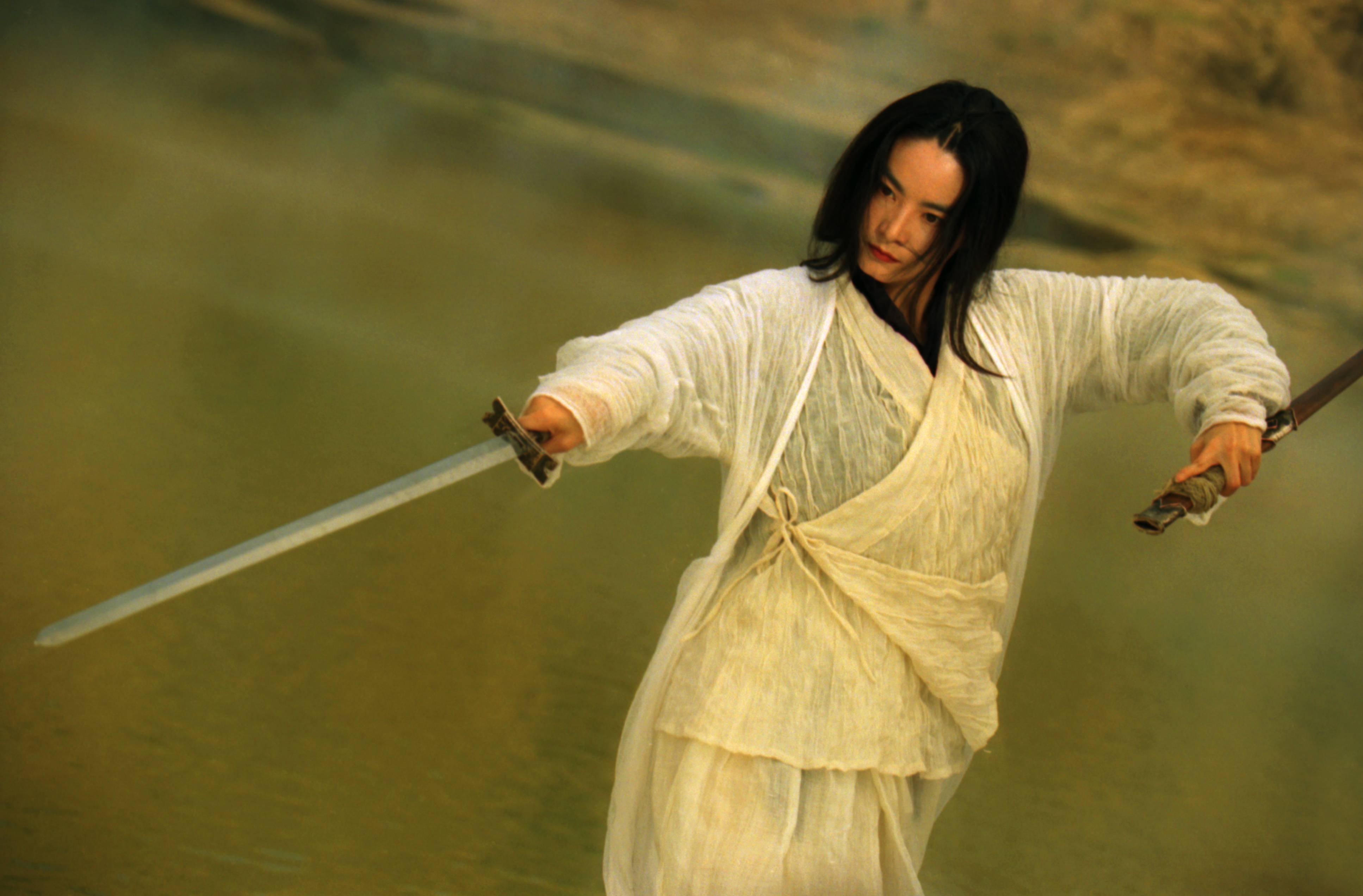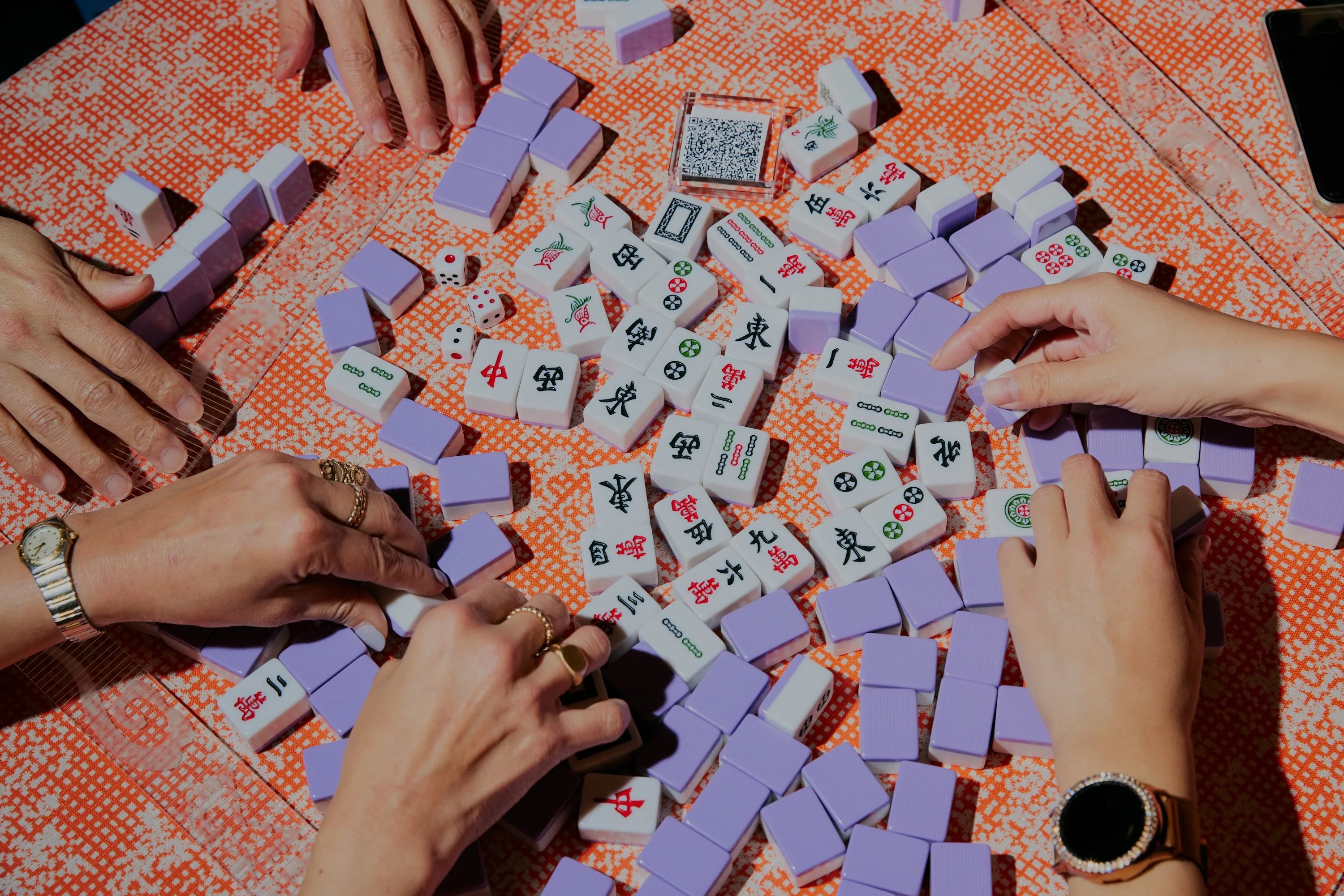Queen Elizabeth II, Britain’s longest-reigning monarch, died on Thursday, September 8, at the age of 96. Mourners in Edinburgh, Scotland, began queuing on the evening of September 12 to pay their respects to the departed monarch at St. Giles’ Cathedral.
The Queen had a complicated relationship with China during her 70 years on the throne. She reigned through significant events in Sino-British relations, including the Korean War, the establishment of diplomatic relations, the Hong Kong handover and the strengthening of economic ties between the two countries.
In 1986, Elizabeth II became the first British monarch to visit China, touring the Great Wall in Beijing and stopping in Xi’an, Kunming, Guangzhou, and Shanghai.
12 October 1986. Queen Elizabeth II became the first British monarch to visit China. pic.twitter.com/t0umILCnNo
— Prof. Frank McDonough (@FXMC1957) October 12, 2018
In recent years, however, the relationship between the U.K. and China has cooled due to political unrest in Hong Kong and allegations of human rights violations in China’s Xinjiang autonomous region. (It may cool much further with Liz Truss’ recent appointment as prime minister. Truss, the former foreign secretary, is known for her hawkish language on China.)
The hashtag ‘The British Queen Has Died’ (#英国女王去世#) began trending on the Chinese microblogging site Weibo mere hours after Queen Elizabeth II’s death was announced. It has since been viewed more than 3.5 billion times.
Most people have expressed the feeling that they are witnessing a changing of the guard and the end of an era. Others have used Queen Elizabeth II’s death as an opportunity to express their discontent with the legacy of Britain’s monarchy and colonial exploitation.
One user of the Chinese microblogging platform Weibo wrote, “She was the symbol of a colonialist system and a defender of imperialism. Her prosperity was built on the blood and tears of oppressed people worldwide.”
“Pretty insensitive of you to celebrate the death of an old woman who had nothing to do with politics 🥲”
— Xiran🌻Tired & Busy (@XiranJayZhao) September 8, 2022
Also pretty insensitive of Liz to profit from the inheritence of a colonial regime that destroyed like 2/3rds of the world for spices they didn’t even use but go off
Chinese-Canadian author Xiran Jay Zhao has been outspoken about Queen Elizabeth II’s death on Twitter, tweeting, “Raise your hand if your country has been personally victimized by the British Empire” and “I will stop celebrating the Queen’s death when the British Museum returns all the artifacts it plundered.”
Many, however, have offered the Queen a simple “Rest in Peace.”

Queen Elizabeth II ascended to the throne in 1952 at the age of 25. In the 70 years since, she has guided her country through the independence of former Commonwealth colonies, the rise of the European Union (E.U.), the invention of the internet, Britain’s departure from the E.U., and the Covid-19 pandemic.
The Queen had met with every Chinese president since Jiang Zemin; during her 1986 visit, she also met de facto Chinese leader Deng Xiaoping. Jiang Zemin, who served as president from 1993 to 2003, was born in 1926, the same year as Queen Elizabeth II.
September 9, the day after the Queen’s death, also marks the 46th anniversary of Mao Zedong’s death. In response to a Weibo post calling for people to cherish “our great leader, Chairman Mao,” one person commented, “The grace of the Queen is an illusion, but the greatness of Mao is real.”
On the same day, current Chinese President Xi Jinping sent his condolences to the British royal family.
Images via Twitter
















